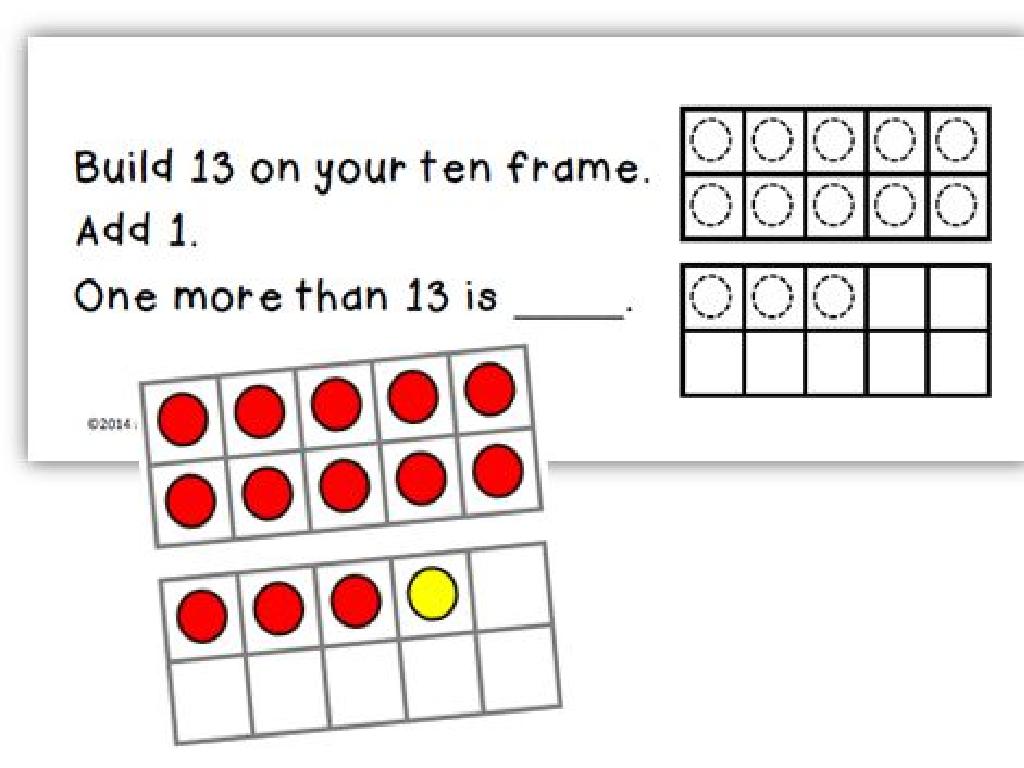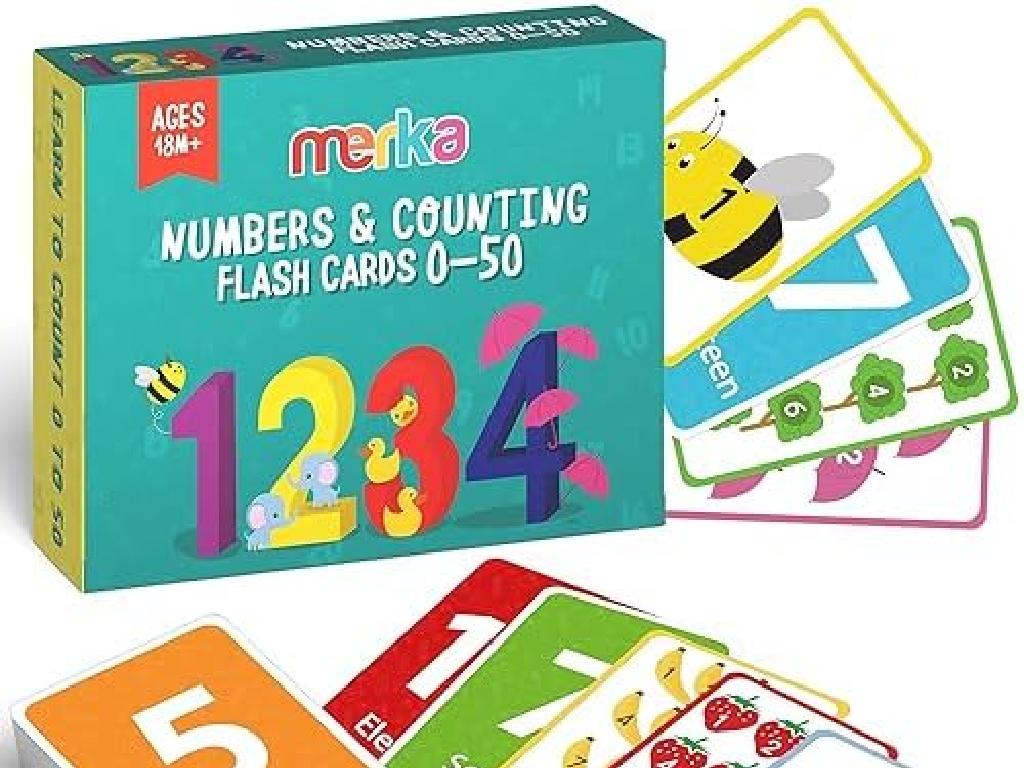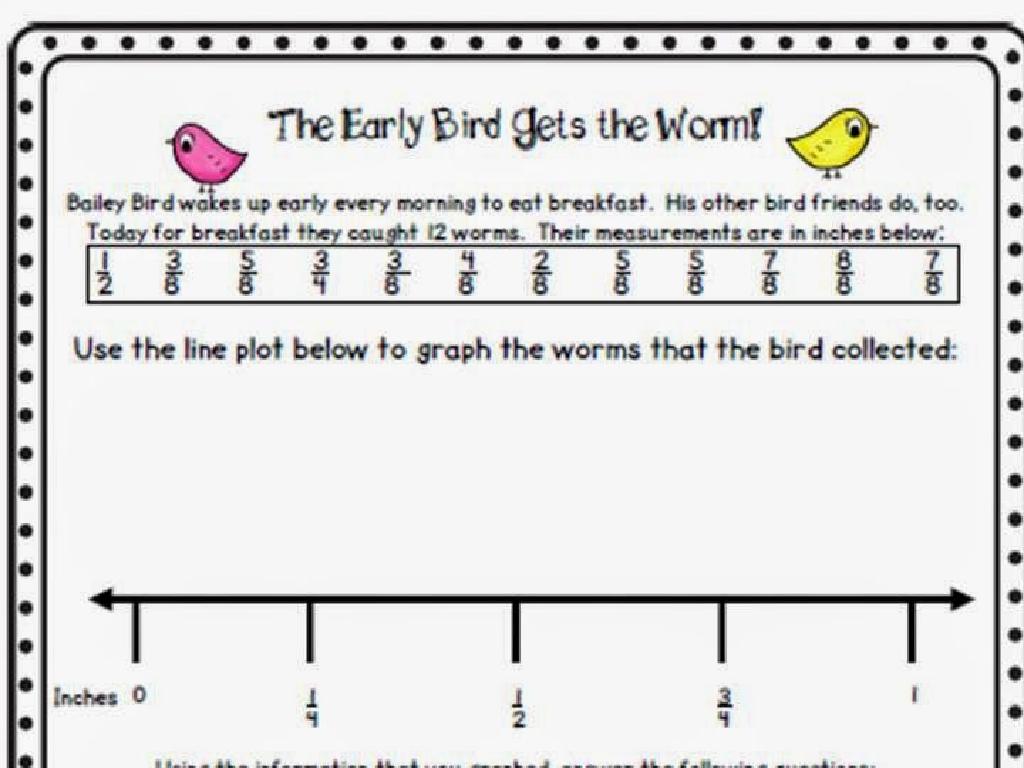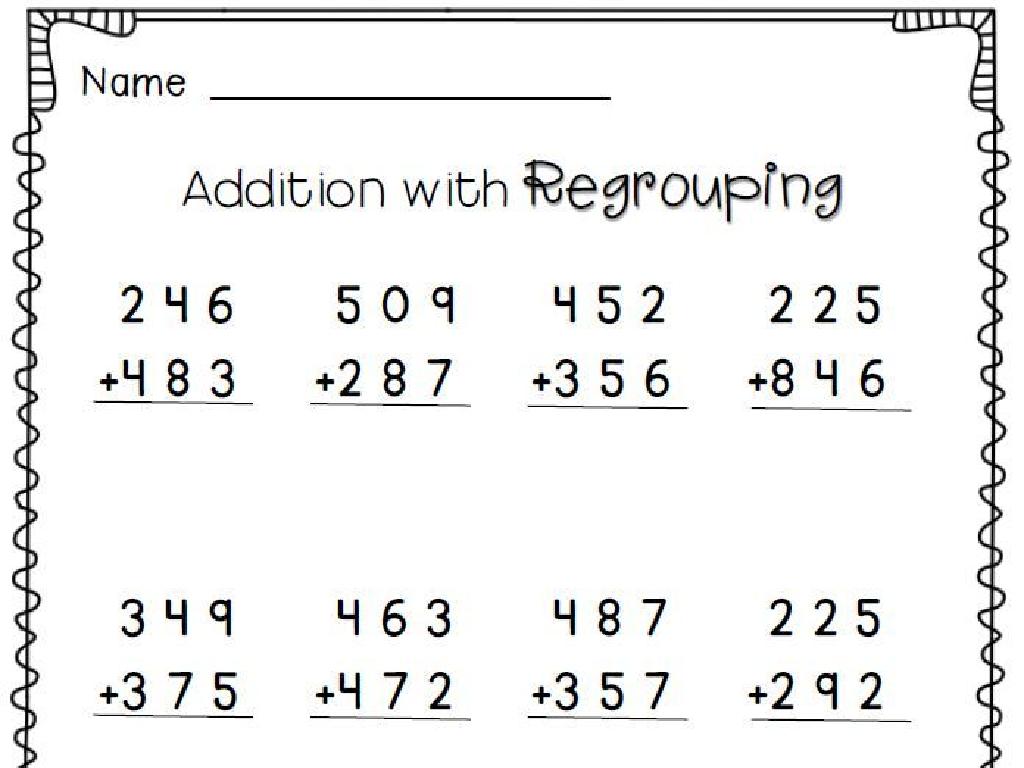Identify Verbs In The Regular Past Tense
Subject: Language arts
Grade: Third grade
Topic: Verb Tense
Please LOG IN to download the presentation. Access is available to registered users only.
View More Content
Welcome to Verb Tenses!
– Introduction to verb tenses
– What is a verb? Examples included
– Action words like ‘run’, ‘jump’, ‘eat’. For example, ‘She eats an apple.’
– The role of verb tenses in sentences
– Using the right tense tells us when the action happens.
– Practice identifying past tense verbs
– Look for words that show actions that have already happened, like ‘walked’, ‘talked’, ‘played’.
|
Begin the class by welcoming students and introducing them to the concept of verb tenses, emphasizing the importance of verbs as action words in sentences. Provide clear examples of verbs to illustrate the point. Explain that verb tenses tell us when an action takes place – in the past, present, or future. Highlight the importance of using the correct verb tense to make sure sentences make sense and communicate the right time frame. Engage the class with examples and encourage them to practice identifying verbs in the past tense, which often end in ‘-ed’. This will set the foundation for understanding how verb tenses shape the meaning of sentences and how they are crucial for clear communication.
Understanding Past Tense Verbs
– What is past tense?
– Past tense verbs are for actions that are completed.
– Examples of past tense verbs
– Walked, jumped, and laughed are all past tense verbs.
– Forming past tense with ‘-ed’
– Add ‘-ed’ to a regular verb to make it past tense.
– Practice identifying past tense
|
This slide introduces the concept of the past tense, which is used to describe actions that have already happened. Start by defining past tense verbs and provide clear examples, such as ‘walked’, ‘jumped’, and ‘laughed’. Explain that for most regular verbs, we simply add ‘-ed’ to the base form to create the past tense. Engage the class with practice examples, asking them to convert present tense verbs to past tense. Encourage students to think of actions they did yesterday and try to describe them using past tense verbs.
Regular Past Tense Verbs
– List common verbs and past forms
– walk/walked, jump/jumped, play/played
– Spelling pattern for past tense
– Most verbs end with ‘ed’ in past tense
– Pronounce past tense verbs
– Focus on correct pronunciation
– Class practice activity
|
This slide is aimed at helping third-grade students understand and identify regular past tense verbs. Start by listing common verbs and their past tense forms, such as ‘walk’ becoming ‘walked’. Highlight the spelling pattern, which typically involves adding ‘ed’ to the end of the verb. Engage the class in a pronunciation activity to ensure they can correctly say the past tense forms. For the class practice activity, have students come up with their own sentences using regular past tense verbs or find past tense verbs in a reading passage. This will reinforce their understanding and ability to use regular past tense verbs in both writing and speaking.
Spotting Past Tense Verbs
– Identify past tense verbs in sentences
– Verbs that tell us about actions that have already happened.
– Learn context clues for past actions
– Words like ‘yesterday’, ‘last’, ‘ago’ can signal past tense.
– Interactive activity: Find the past tense verbs
– We’ll practice together with fun sentences!
|
This slide is aimed at helping third-grade students recognize and understand verbs in the regular past tense. Start by showing sentences and guiding students to identify the verbs that indicate actions completed in the past. Discuss context clues such as time indicators that suggest an action happened previously. For the interactive activity, provide sentences and have students highlight or circle the verbs in the past tense. This will reinforce their learning and make the lesson engaging. Possible activities include a worksheet with sentences, a game where students pick sentences out of a hat and identify the verbs, or a group activity where students write their own sentences using past tense verbs and share with the class.
Past Tense Verbs: Exceptions to the Rule
– Some verbs are irregular in the past
– Irregular verbs don’t end with ‘-ed’
– Examples: ‘go’ becomes ‘went’
– ‘Fly’ turns into ‘flew’, not ‘flyed’
– ‘Have’ changes to ‘had’ in past tense
– ‘Eat’ changes to ‘ate’, not ‘eated’
|
This slide introduces students to irregular verbs, which do not follow the standard ‘-ed’ rule for the past tense. Emphasize that while many verbs in English become past tense by adding ‘-ed’, there are some that change in different ways. Provide clear examples of common irregular verbs and their past tense forms. Encourage students to memorize these as they are exceptions to the regular rule. During the lesson, engage students with activities where they can practice converting present tense verbs to their irregular past tense forms and use them in sentences to reinforce their understanding.
Let’s Practice Together: Past Tense Verbs
– Interactive fill-in-the-blank activity
– Pair up to complete sentences
– Work with a classmate and help each other
– Use regular past tense verbs
– Verbs that ended with ‘ed’ like ‘walked’, ‘jumped’
– Class review with feedback
|
This slide is for an interactive class activity focused on practicing regular past tense verbs. Students will be paired up to encourage collaborative learning. Provide them with sentences that have missing verbs and ask them to fill in the blanks using the correct past tense form. After the activity, review the answers as a class to ensure understanding and provide feedback. This will help reinforce their knowledge of verb tenses. Possible activities for different pairs could include filling in blanks for different sets of sentences, creating their own sentences, or finding and correcting mistakes in pre-written sentences.
Class Activity: Verb Tense Time Machine
– Write a short time travel story
– Use only past tense verbs
– Verbs should show actions that have already happened
– Imagine your past adventures
– Think about what you would do if you went back in time
– Share your story with peers
|
This activity is designed to help students practice identifying and using verbs in the regular past tense. Start by explaining the concept of past tense verbs and provide examples. Encourage creativity as they write their time travel stories, ensuring they use only past tense verbs to describe their actions. Once the stories are written, students can share them in small groups or with the entire class, which will allow them to hear the past tense verbs used in different contexts. For the teacher: Prepare a list of past tense verbs as a reference, guide students who may struggle, and consider pairing students for peer editing before sharing.
Wrapping Up: Regular Past Tense Verbs
– Review: Regular past tense verbs
– We add -ed to most verbs to show past action, like ‘walk’ becomes ‘walked’.
– Homework: Write 10 past tense sentences
– Create sentences using verbs like ‘jump’, ‘help’, or ‘play’ in the past tense.
– Share with family
– Read your sentences to a family member and explain the past tense.
– Practice makes perfect
|
As we conclude today’s lesson, remind students of the key concept: regular past tense verbs typically end with -ed. For homework, they should write 10 sentences using regular past tense verbs, which will help reinforce their understanding. Encourage them to share this homework with their families to practice their speaking skills and to demonstrate what they’ve learned. This activity will also provide an opportunity for family members to engage with the student’s learning process. In the next class, ask some students to share their sentences and discuss any challenges they encountered.






